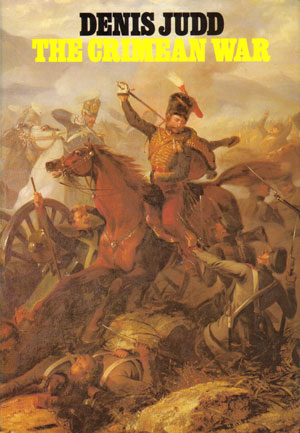

Books
The Crimean War
The Crimean War of 1854-6 has become a byword for military incompetence mingled with heroism. Even today, its most famous 'incident', the Charge of the Light Brigade against the Russian guns at Balaclava, is surrounded by controversy. It may have achieved little except to expose the lack of communication between the British commanders, yet it has been immortalized in Tennyson's poem, and still typifies the magnificent behaviour in battle of the British soldier.
The combination of gallantry and endurance shown in such battles as the Alma, Inkerman and Balaclava, and in the lengthy siege of Sebastopol, have had a profoundly emotive appeal ever since Victorian days. On the one hand the reputation, and possibly the will of the British Commander-in-Chief, Lord Raglan, were broken; the gaudy cavalry tunics of Lords Lucan and Cardigan besmirched with shame. On the other, the saintly figure of Florence Nightingale, working among the sick at Scutari in the appalling winter of 1843-5, has turned some of that shame into glory.
Judd has drawn on eye-witness reports by veterans of the War, and on the brilliant, disruptive reports of the first ever war correspondant, W H Russell of The Times, in his vivid recreation of the Crimean War. The book's illustrations include some of the first was photographs ever taken, as well as contemprary paintings, prints and drawings in both colour and black and white.
Reviews
"An absorbing book."
- The Author
"[Gives] an excellent account of a very nasty war... The book is excellently illustrated."
- Manchester Evening News